SMART THINGS
SMART products
IoT IS A BUSINESS IMPERATIVE
MOVING PRODUCTION INTO THE IOT
WHAT IS THIS ABOUTMoving production into the IoT (Internet of Things) sphere refers to a company shifting its manufacturing processes and products to incorporate IoT technology. This typically involves integrating sensors, connectivity, and data analysis capabilities into their products. By doing so, the company can enhance functionality, enable remote monitoring and control, gather valuable insights, and potentially offer new services to customers. However, it also requires expertise in IoT development, data management, and cybersecurity to ensure the success and security of the IoT-enabled products.

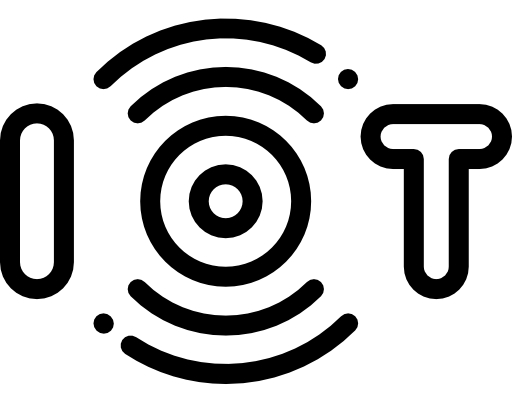
TURN A PRODUCT INTO THE IOT in 6 steps
To turn a product into the IoT world, you need to add connectivity and intelligence to it. Here are some steps to follow:
read more..
- Add sensors: The first step is to add sensors to your product to gather data. These sensors could measure things like temperature, humidity, pressure, motion, or location.
- Connect to the internet: Once you have added sensors, you need to connect your product to the internet. This can be done through Wi-Fi, Bluetooth, or cellular connectivity.
- Develop software: You will need to develop software to process the data gathered by the sensors and transmit it over the internet. You will also need to develop software to control your product remotely.
- Use cloud services: Cloud services can be used to store and process the data gathered by your product. Cloud services can also be used to develop and deploy software updates.
- Security: Security is critical when it comes to IoT devices. You will need to ensure that your product is secure from cyber-attacks and data breaches.
- Integration: Finally, you will need to integrate your product with other IoT devices and platforms to create a connected ecosystem. This could involve integrating with other smart home devices or with industry-specific platforms.
By following these steps, you can turn your product into an IoT device that can gather data, communicate with other devices, and be controlled remotely.
ANALYSYS AND RECOMMENDATIONS ON EXISTING SOLUTIONS
a step by step process to prototype hardware equipments for IoT solutions
Read more..
- The design and realization of prototype hardware equipment (adapter) to create the possibility of connecting each sensor to the cloud (even outside the DamcastCloud platform) with each chosen protocol (defining the security levels as needed). (For the realization of this step, it is necessary that the device for which the adapter will be created to be physically present)
- analysis of existing equipment and functional requirements
- at the level of electronics (voltages, currents, latencies, etc.)
- at the level of data quantity and speed
- at the communication protocol level (device<->adapter<->cloud)
- at the level of the medium that will be used to carry out the communication
- at the hardware level (open source hardware adaptation or creation of new hardware, mcu, cpu, etc.)
- at the level of the power sources
- at the level of firmware upgrade policies (ota, manually, …)
- at the level of security requirements
- at the level of the needs for a test environment
- documenting the analysis and results
- design and determination of the necessary hardware for the realization of the adapter
- selection of hardware (mcu, cpu, etc.) according to the analysis results
- assembly of hardware elements of the adapter
- realization of the hardware interface with the existing device
- testing the operation of this interface
- updating or creating the test environment
- testing the operation of communication with the chosen protocol and medium
- documenting the analysis and results
- design and programming of software driver for the adapter
- defining the programming language and environment
- determination of libraries and code that can be reused (based on hw and selected protocols)
- driver programming and testing
- creating test code in the cloud and at the program level
- compilation, testing, deployment in the testing environment
- installing the firmware in the adapter
- functionality testing (local)
- connection testing with test-cloud
- communication security testing
- testing OTA if necessary
- documentation
- analysis of existing equipment and functional requirements
IoT IS A BUSINESS IMPERATIVE
IOT55% of worldwide digital data will be IoT generated by 2025, this is one of the 2021 Forrester predictions
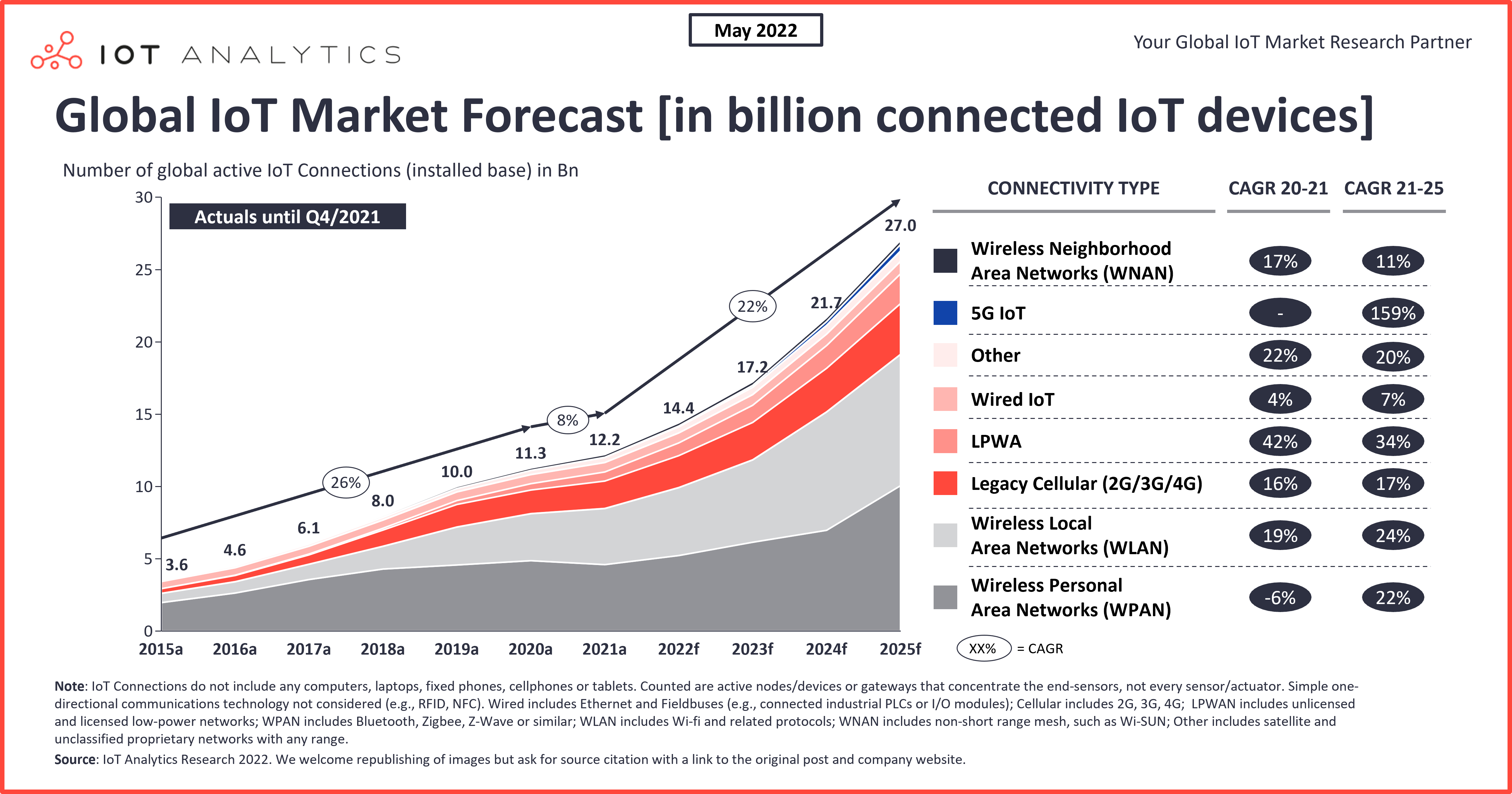
Be Part of It!
The Internet of Things drives the digital transformation of companies and people, it is at the heart of Industry 4.0, it transforms Supply Chain and Marketing, It generates data for Artificial Intelligence. It is not a just a technology issue, it’s new business for managers and entrepreneurs but few leaders are ready to do the right technology choices
LET US HELP YOU CONNECT YOUR PRODUCTS
The internet of things, or IoT, is a system of interrelated computing devices, mechanical and digital machines, objects, animals or people that are provided with unique identifiers and the ability to transfer data over a network without requiring human-to-human or human-to-computer interaction.
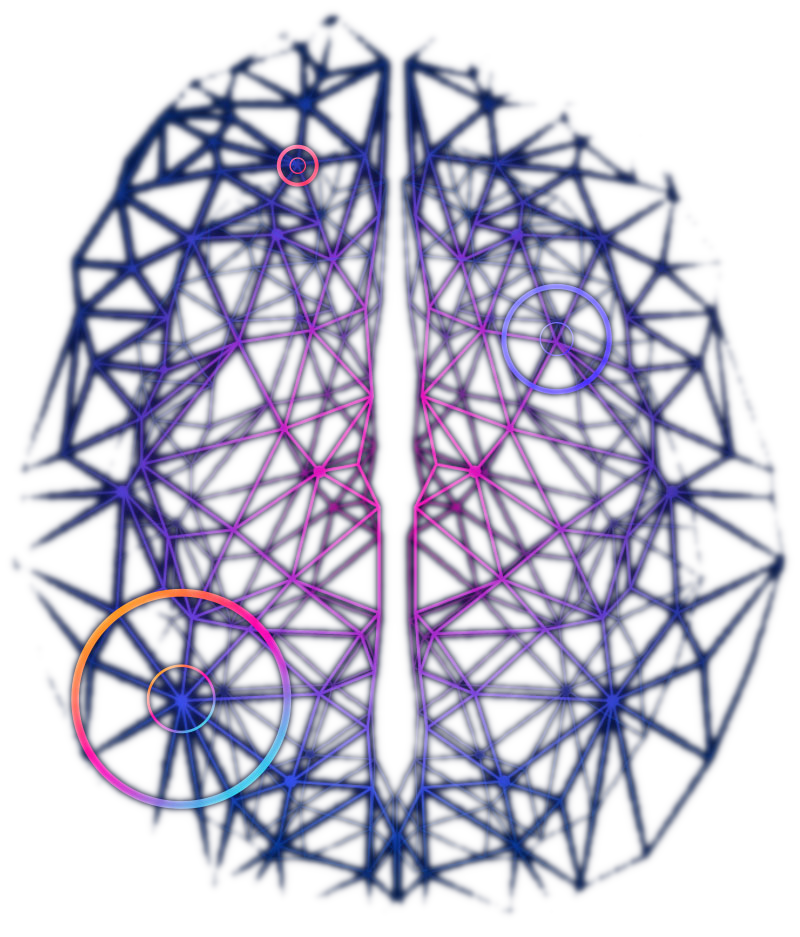
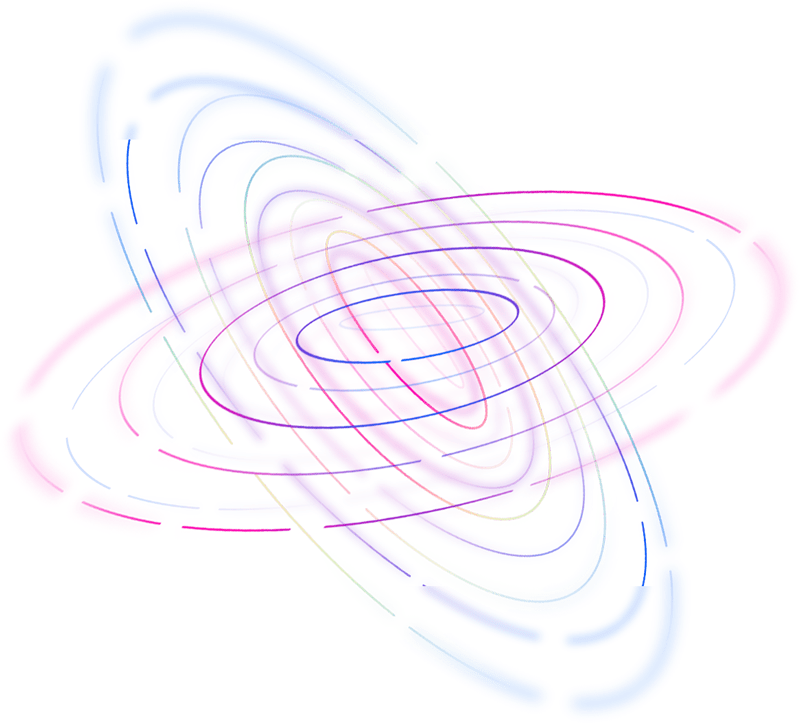
Data management
Stream, collect and integrate unrestricted data with our integration capabilities. Data management structures support both private and public networks.
Rule engine
Execute rules based on all your data input sources
Asset transparency
To increase uptime and efficiency intuitive web-based interface to gain immediate insights on individual assets
Device Management
Users can integrate a considered number of devices. Benefit from dynamic device management by seamlessly managing remote devices.
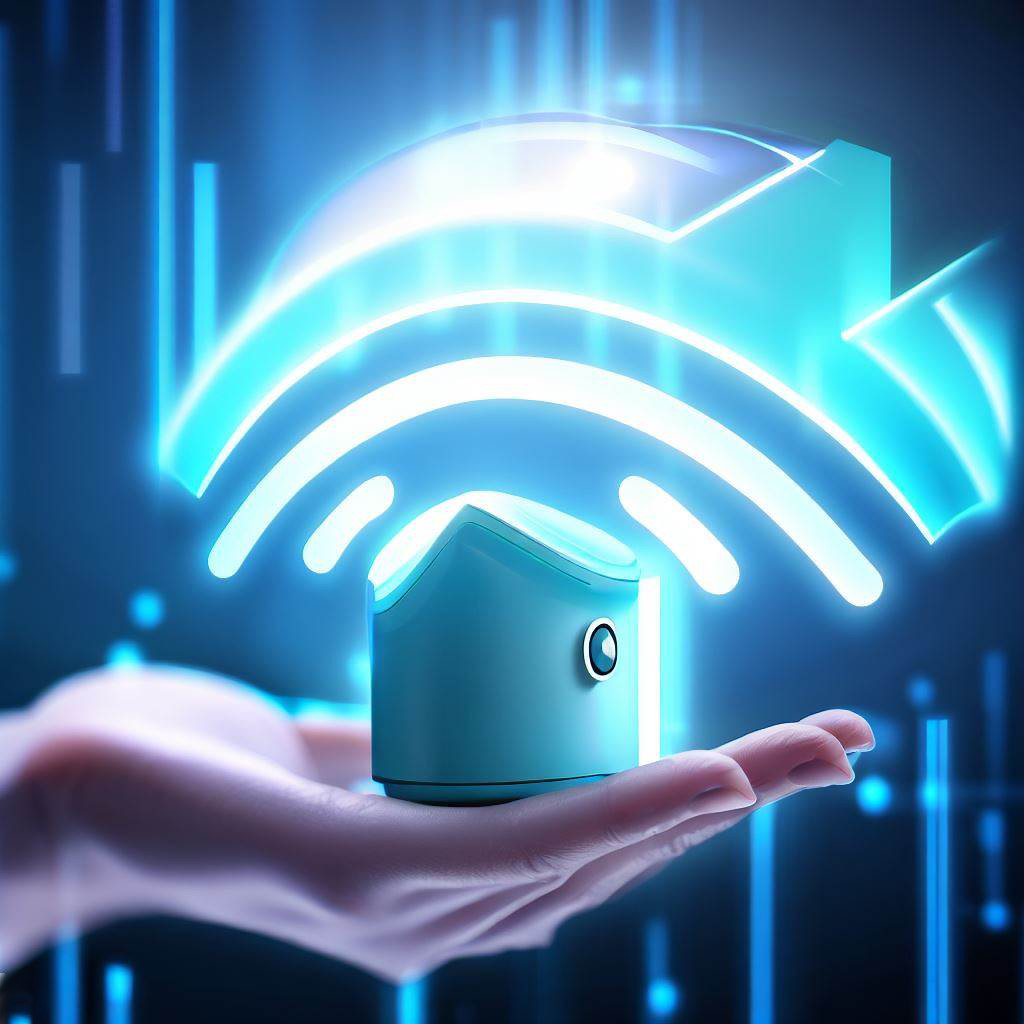
Mission
Our Mission
We help companies moving into the IoT world providing the software and hardware technology to connect any product to the internet
Vision
Our Vision
the future is a world where technology is seamlessly integrated into every aspect of our lives, leading to greater efficiency, convenience, and safety.

Services
What We Offer
PRODUCTS INTEGRATION
To turn a product into the IoT world, you need to add connectivity and intelligence to it. Add sensors that could measure things connected to internet. Develop software to process the data gathered by the sensors to control your product remotely. Use cloud services to store and process the data. Integrate your product with other IoT devices and platforms to create a connected ecosystem. This could involve
integrating with other smart home devices or with industry-specific platforms.
CLOUD DASHBOARDS
An IoT dashboard is a data visualization tool that transforms, displays, and organizes a collection of data captured and transmitted by network connected devices. It enables users to monitor and interact with connected devices through graphs, charts and other tools and UI elements.
Some of the things IoT dashboards can do for you include dispatching commands, running over-the-air software updates, analyzing device data, and setting up smart alerts
MULTI TENANCY CLOUD PLATFORMS
The IoT platform supports multiple tenants or customers on a single instance of the platform. Multi-tenancy provides users with the ability to manage a network of separate entities on one platform.
A tenant is a user or group of users who share common access. All data related to a tenant is stored in a dedicated database. This includes user data, inventory, events, measurements, operations and alarms.
Process
Turn a Product into the IoT World

Add sensors
The first step is to add sensors to your product to gather data. These sensors could measure things like temperature, humidity, pressure, motion, or location.
Connect to the internet
Once you have added sensors, you need to connect your product to the internet. This can be done through Wi-Fi, Bluetooth, or cellular connectivity.
Develop software
You will need to develop software to process the data gathered by the sensors and transmit it over the internet. You will also need to develop software to control your product remotely.
Use cloud services
Cloud services can be used to store and process the data gathered by your product. Cloud services can also be used to develop and deploy software updates.
Security
Security is critical when it comes to IoT devices. You will need to ensure that your product is secure from cyber-attacks and data breaches.
Integration
Finally, you will need to integrate your product with other IoT devices and platforms to create a connected ecosystem. This could involve integrating with other smart home devices or with industry-specific platforms.
Vision
The IoT Vision of the Future
The IoT vision of the future is a world where everything is connected and communicating with each other, leading to greater efficiency, convenience, and safety. Here are some possible scenarios of what the IoT future could look like
Smart cities
Cloud services can be used to store and process the data gathered by In smart cities, everything from traffic lights to public transportation is connected to the internet, allowing for real-time monitoring and optimization. This can lead to reduced traffic congestion, improved air quality, and better energy management.your product. Cloud services can also be used to develop and deploy software updates.
Healthcare
The IoT can revolutionize healthcare by enabling remote patient monitoring, real-time diagnostics, and personalized treatment. Wearable devices can track vital signs and alert doctors to potential health issues, leading to better health outcomes and reduced healthcare costs.
Smart homes
Finally, you will need to integrate your product with other IoT devices and platforms to create a connected ecosystem. This could involve integrating with other smart home devices or with industry-specific platforms.
Industrial automation
The IoT can improve industrial processes by enabling real-time monitoring and optimization. Connected sensors and machines can detect and respond to issues before they become a problem, leading to greater efficiency and reduced downtime.
Agriculture
The IoT can enable precision agriculture by monitoring soil moisture, nutrient levels, and weather patterns. This can lead to better crop yields, reduced water usage, and improved environmental sustainability.
environmental monitoring
The IoT can help make environmental monitoring more efficient and cost-effective. IoT sensors can send data over the internet, allowing researchers to monitor conditions remotely. Eliminating the need to visit every sensor’s location to read it makes it much faster and cost-effective
The IoT
Overall, the IoT vision of the future is a world where technology is seamlessly integrated into every aspect of our lives, leading to greater efficiency, convenience, and safety.